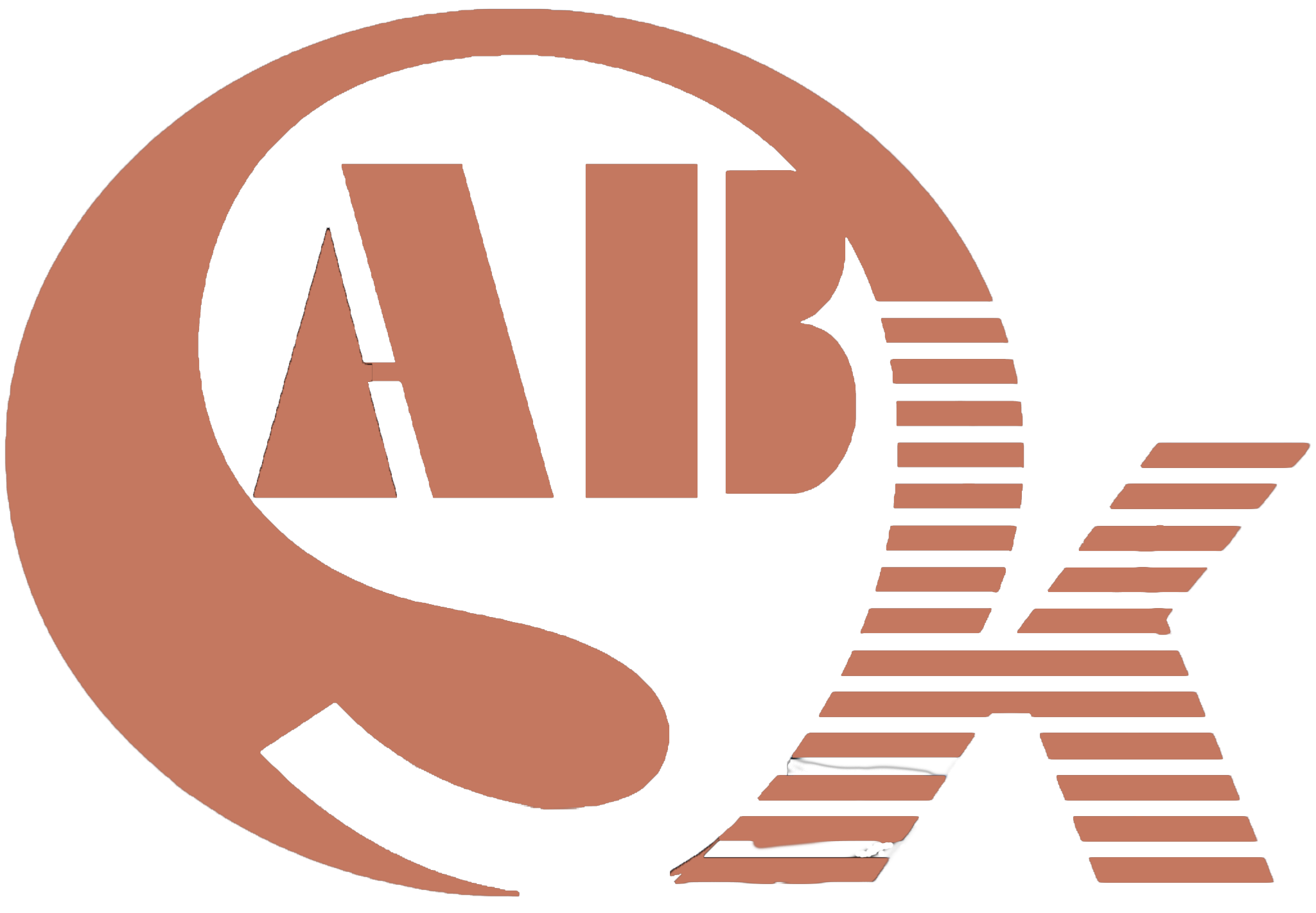Decoding Precision in Welding: Welding Positioners vs. Welding Fixtures
Welding, a cornerstone of modern industry, relies on various tools and equipment to achieve precision and efficiency. Two essential components in welding are welding positioners and welding fixtures, each serving a unique purpose in the welding process. In this comprehensive guide, we will explore the differences between welding positioners and welding fixtures, uncovering their distinct roles, technology, and applications. Whether you’re a seasoned welder or a newcomer to the field, understanding these tools will empower you to make informed choices and enhance your welding projects.
Distinguishing Welding Positioners and Welding Fixtures:
- Welding Positioners:
- Long Tail Keyword: “Empowering Precision: The Role of Welding Positioners”
- Welding Fixtures:
- Long Tail Keyword: “Welding Fixtures: The Foundation of Stability”
- Technology Behind Welding Positioners:
- Long Tail Keyword: “The Precision of Welding Positioner Technology”
- Turntable or Chuck: This component securely grips the workpiece and allows for controlled rotation.
- Frame and Base: The turntable is mounted on a sturdy frame and base, providing stability during the welding process.
- Control Systems: Modern welding positioners often feature digital control systems that allow operators to program the desired rotation speed, angle, and other parameters. This precise control ensures consistent and high-quality welds.
- Technology Behind Welding Fixtures:
- Long Tail Keyword: “Steadfast Support: Technology of Welding Fixtures”
- Clamping Mechanisms: These are used to hold the workpiece securely in place.
- Adjustable Features: Some fixtures have adjustable elements to fine-tune the position of the workpiece.
- Custom Design: Complex fixtures may be custom-designed for unique welding applications.
- Applications of Welding Positioners:
- Long Tail Keyword: “When Precision Matters: Applications of Welding Positioners”
- Pipe Welding: In the construction and oil and gas industries, welding positioners are used to create durable and precise welds on pipes and pipe components.
- Aerospace: The aerospace industry demands precision and high-quality welds for aircraft components, which welding positioners can provide.
- Heavy Equipment Manufacturing: The construction and heavy equipment industry relies on robust positioners to create welds that can withstand rigorous conditions.
- Applications of Welding Fixtures:
- Long Tail Keyword: “Stability Matters: Applications of Welding Fixtures”
- Automotive Manufacturing: Welding fixtures are used to hold vehicle components in place during welding processes, ensuring precise and consistent welds.
- Furniture Manufacturing: In the furniture industry, fixtures are employed to maintain alignment during welding, resulting in aesthetically pleasing and durable products.
- Structural Welding: For constructing buildings, bridges, and other large structures, welding fixtures are used to ensure the accurate alignment of structural components.
- Custom Fabrication: In job shops and custom fabrication work, welding fixtures are tailored to specific projects to guarantee accuracy and repeatability.
- Choosing the Right Tool for the Job:
- Long Tail Keyword: “Matching Tools to Applications: Welding Positioners vs. Welding Fixtures”
- Welding Positioners: Choose a welding positioner when you need controlled rotation for precise access to all angles of the workpiece. This is ideal for applications where consistent and uniform welds are essential.
- Welding Fixtures: Opt for welding fixtures when stability and immobility are crucial. These are best suited for applications where workpiece movement must be minimized to ensure accurate alignment and weld quality.
Conclusion: Elevating Welding Precision with the Right Tool
In the dynamic world of welding, both welding positioners and welding fixtures play pivotal roles, each serving a unique purpose. Welding positioners provide controlled rotation, enhancing access to all angles of the workpiece, while welding fixtures ensure stability and immobility for precise alignment.
Choosing the right tool for the job is essential to achieve the desired weld quality and efficiency. By understanding the differences between welding positioners and welding fixtures, welders can make informed decisions and select the tool that best suits their specific applications. Whether it’s achieving precision through controlled rotation or steadfast stability, these tools empower welders to excel in the art of welding.
